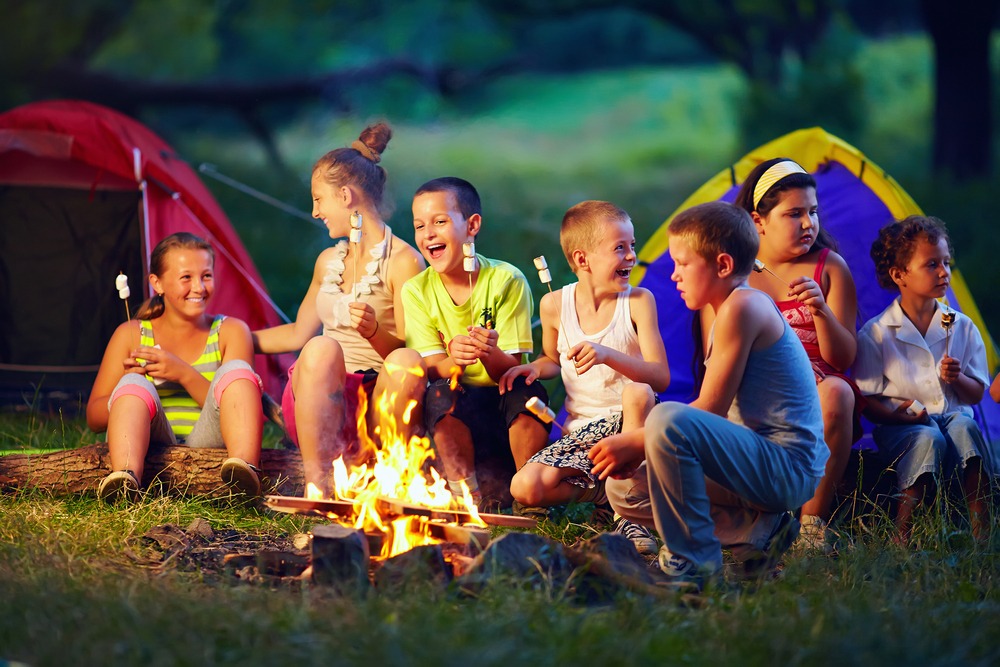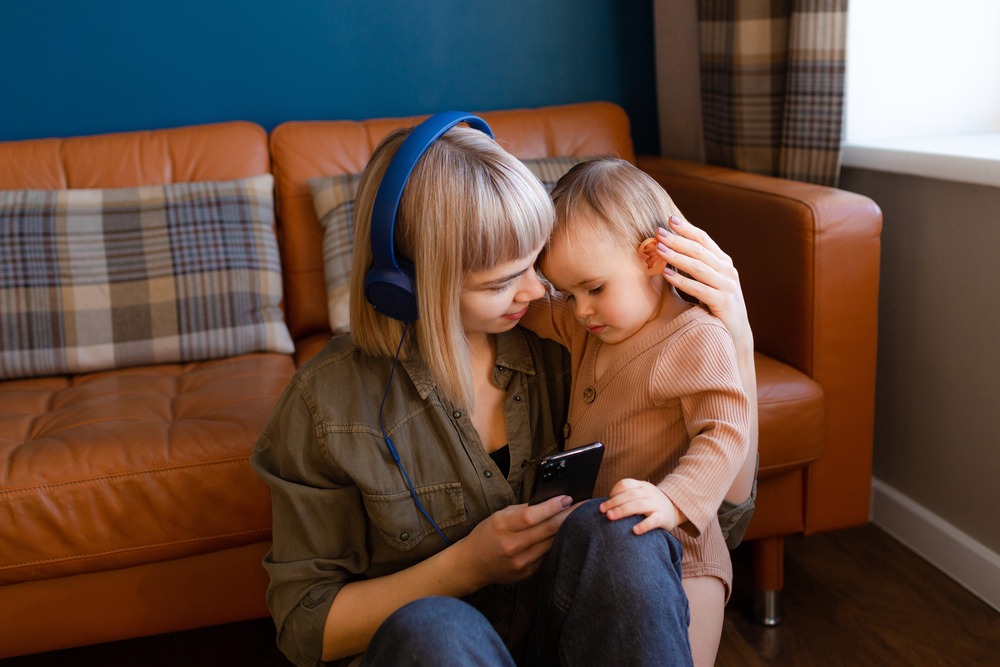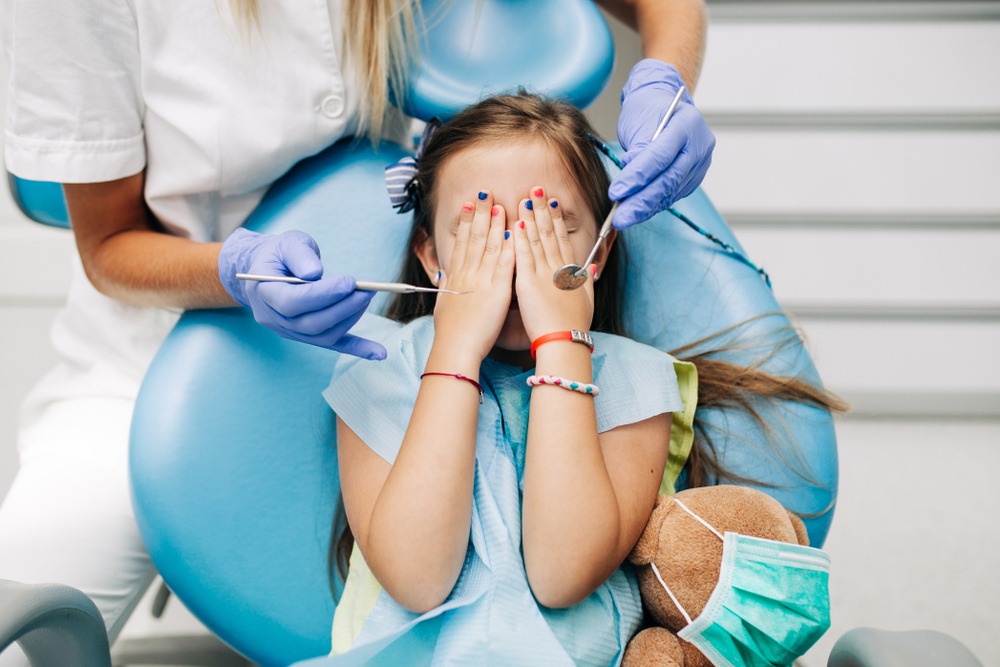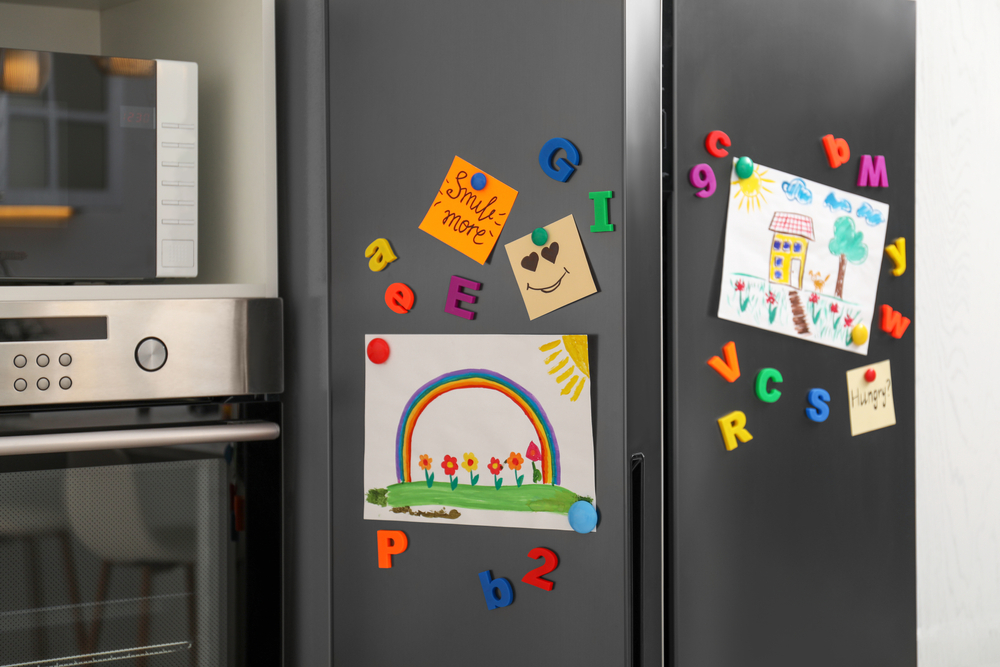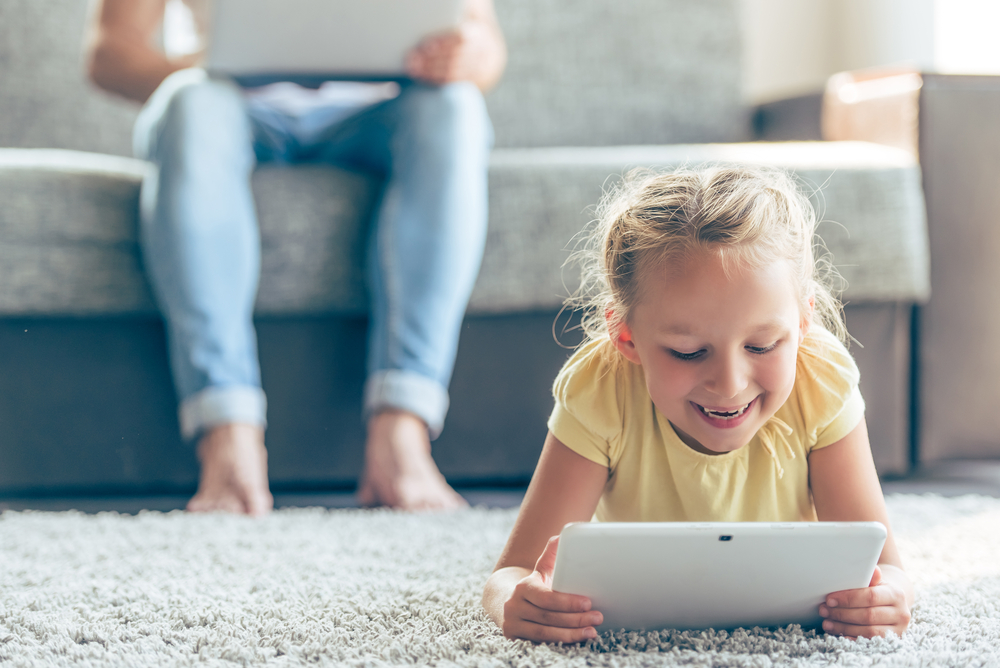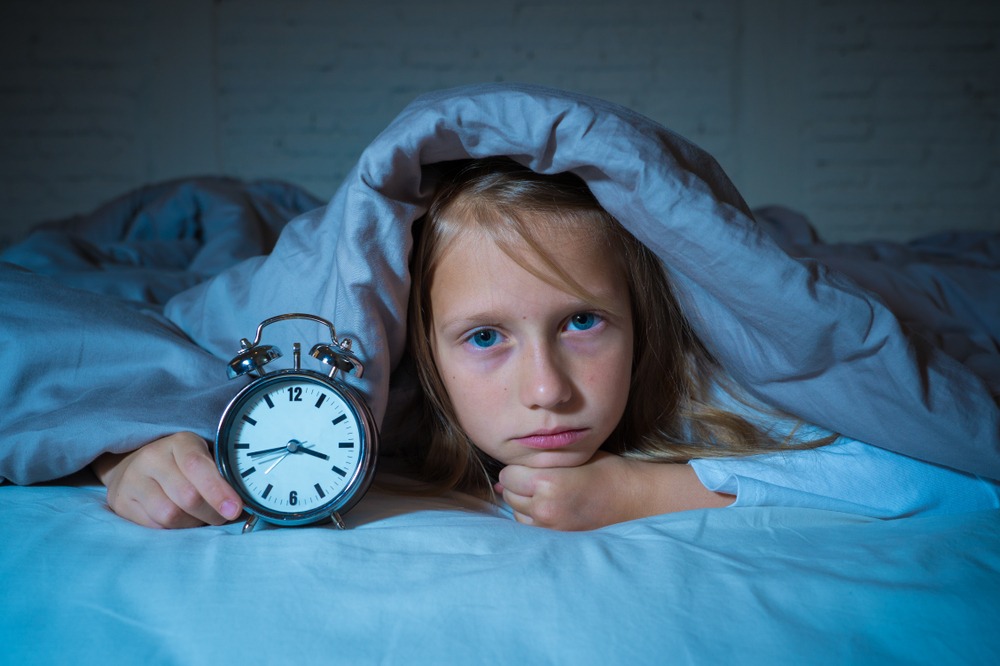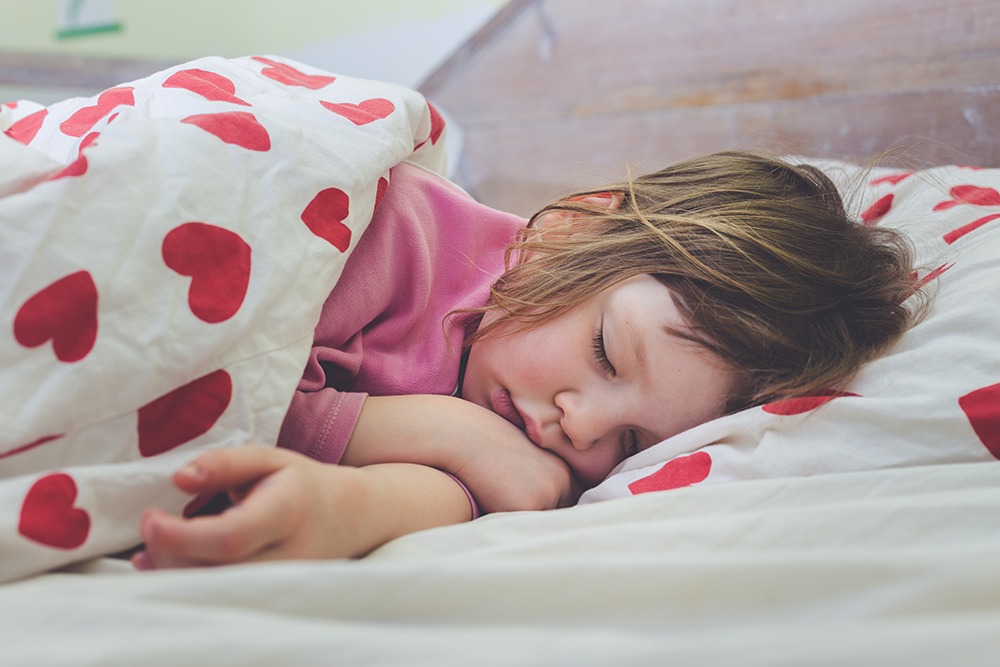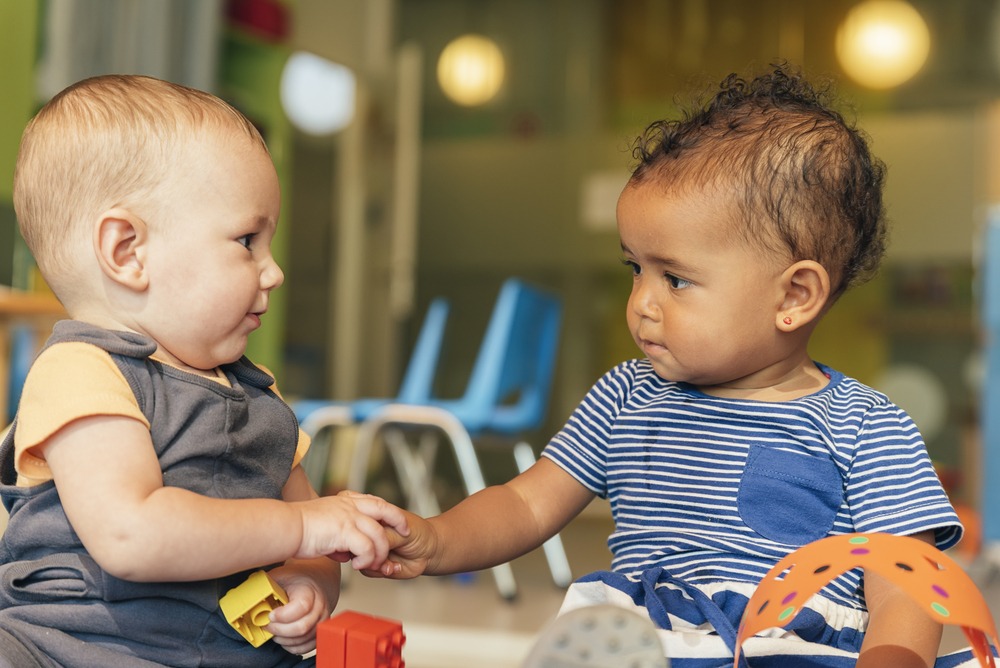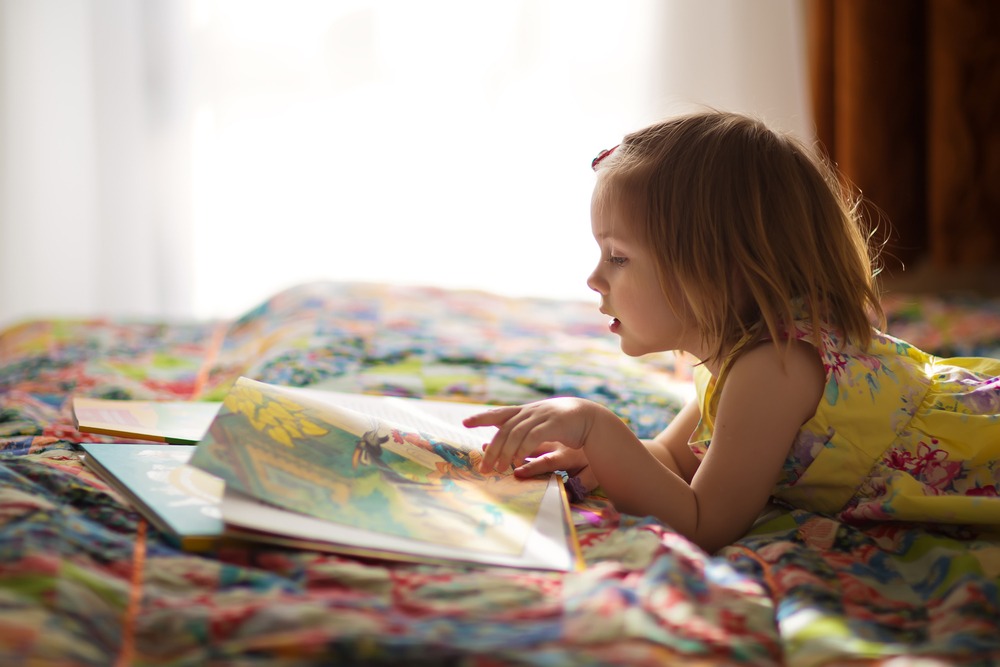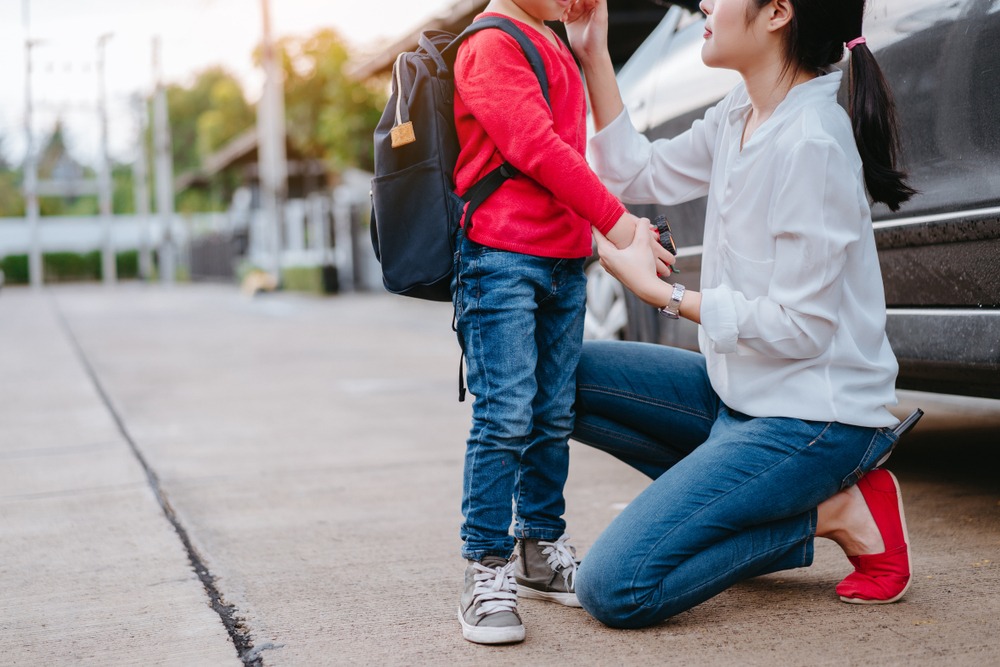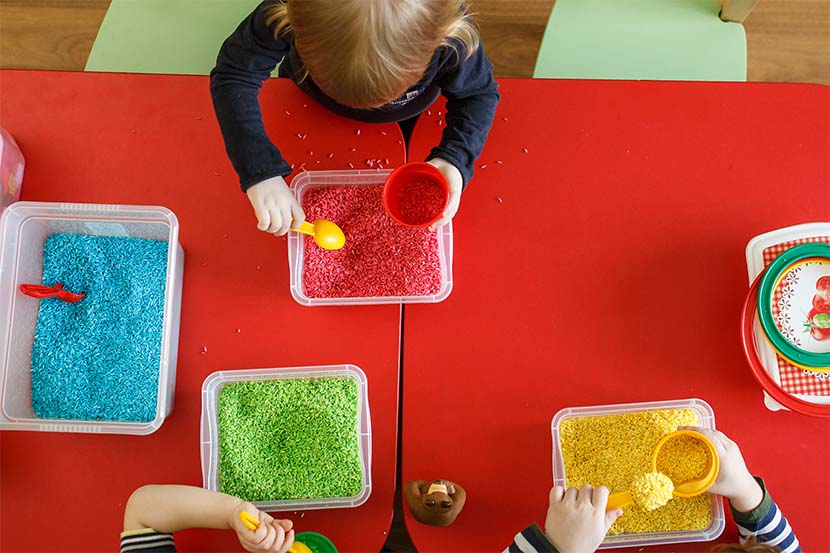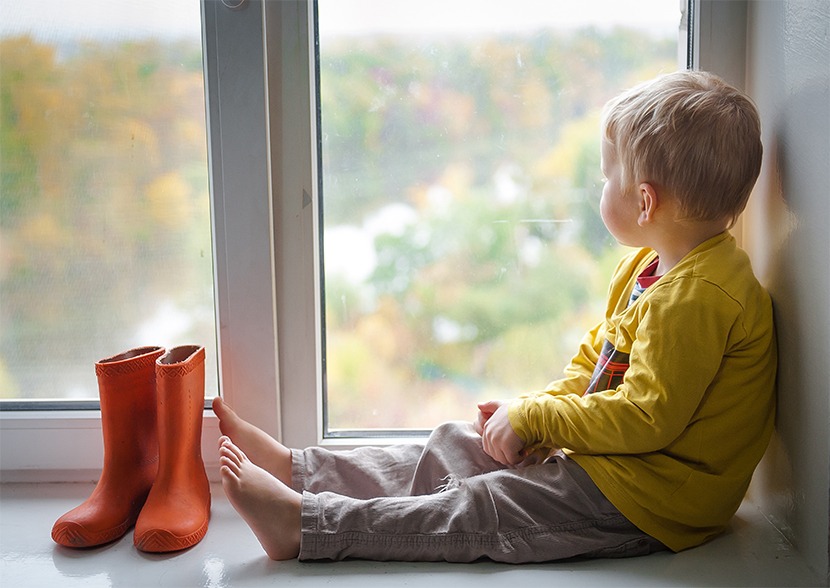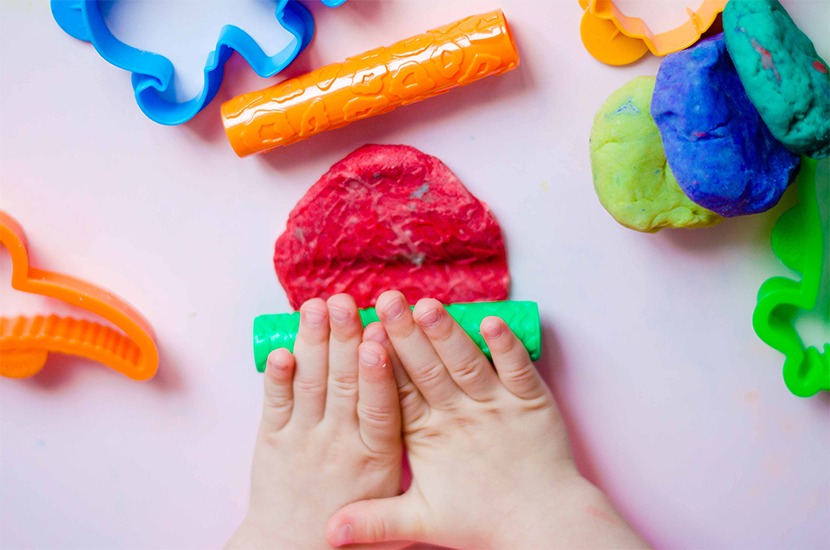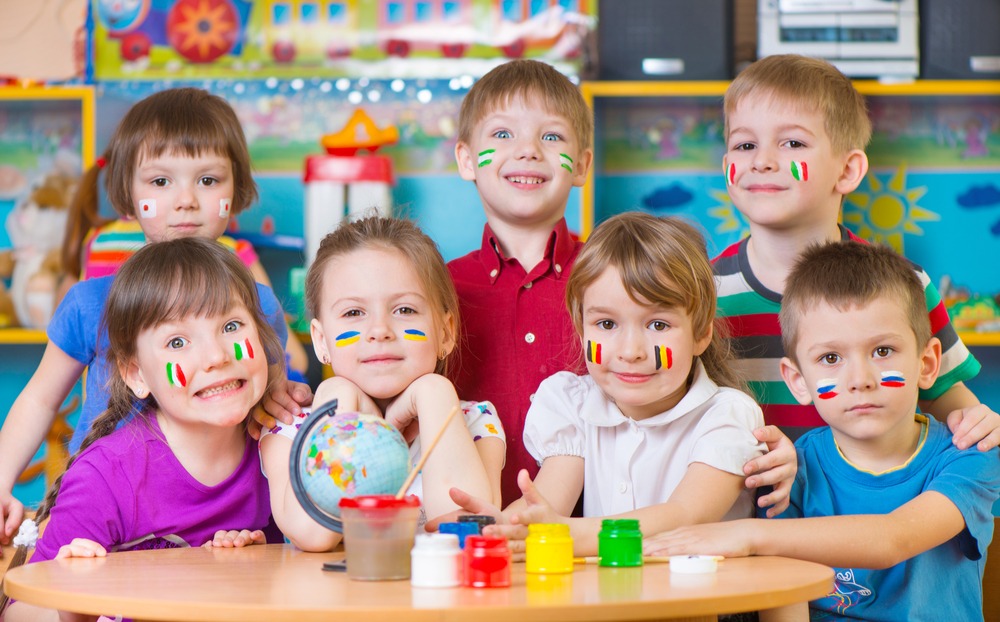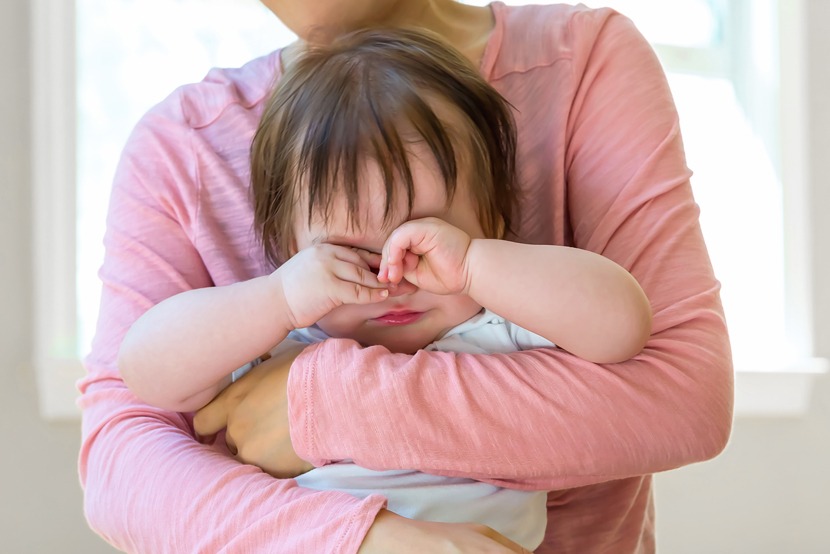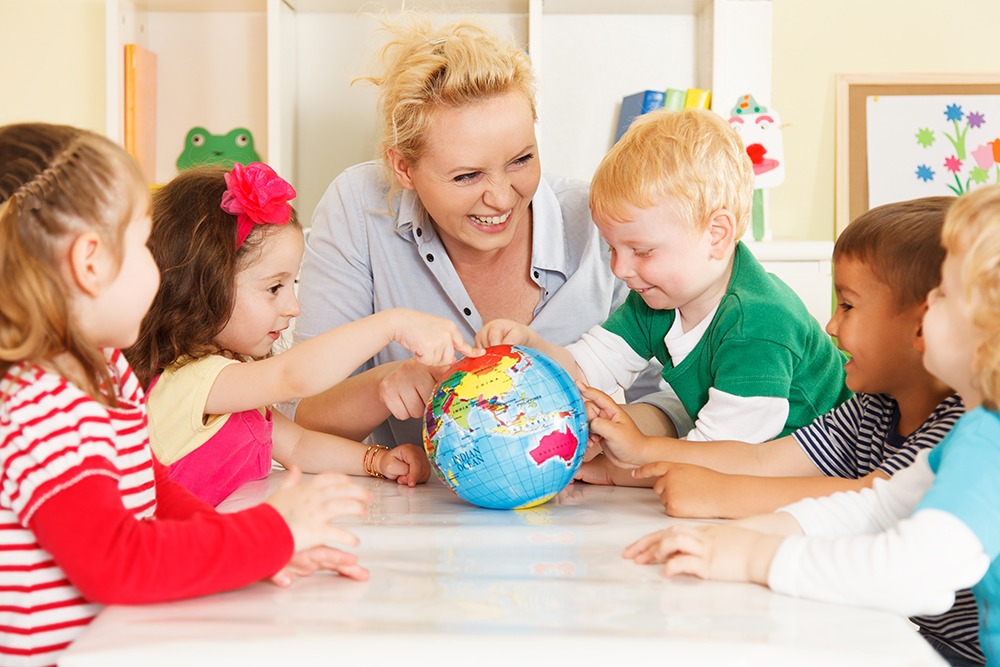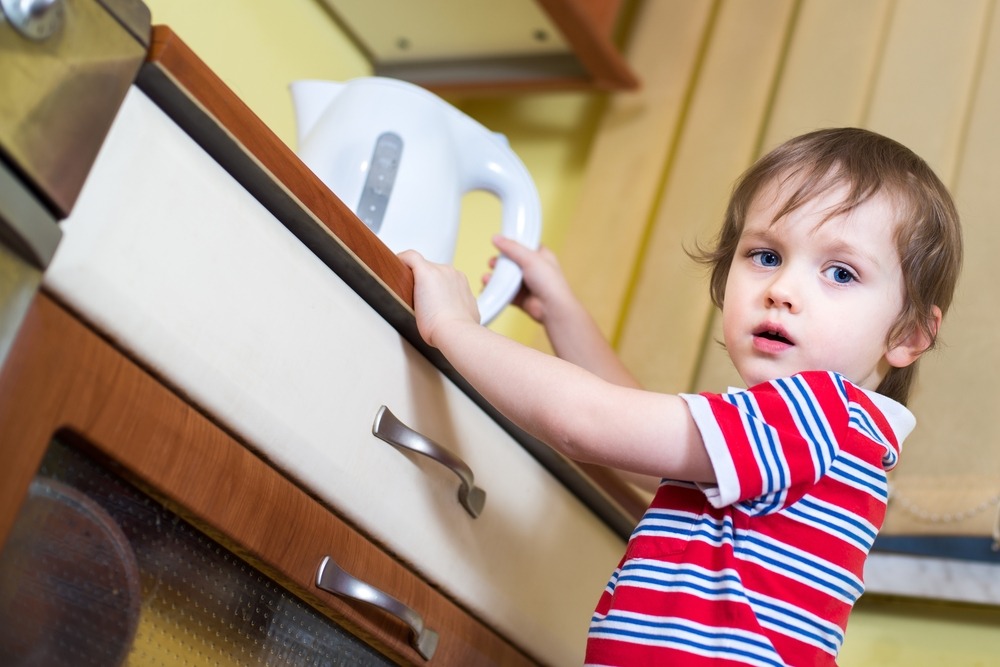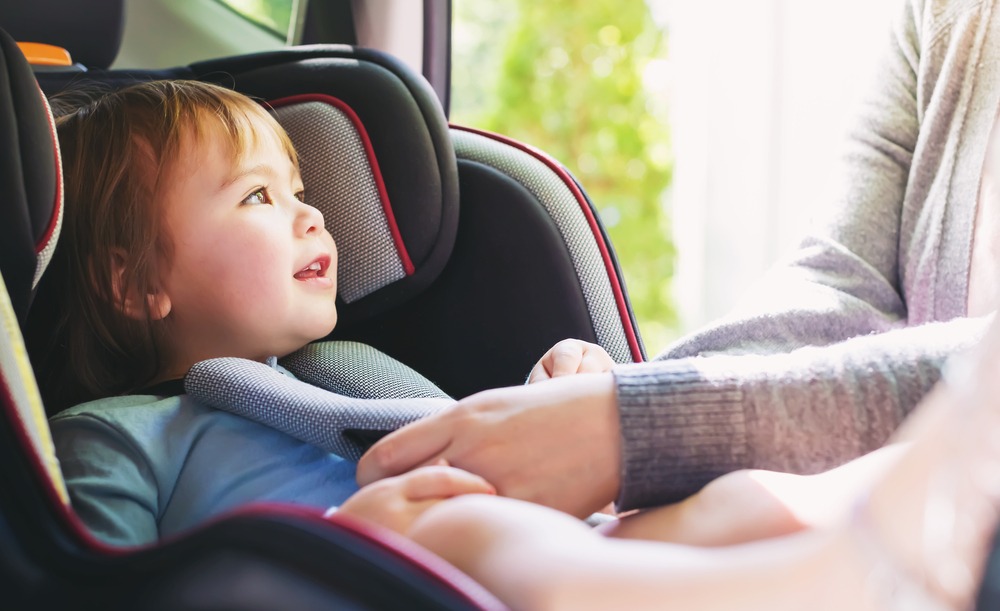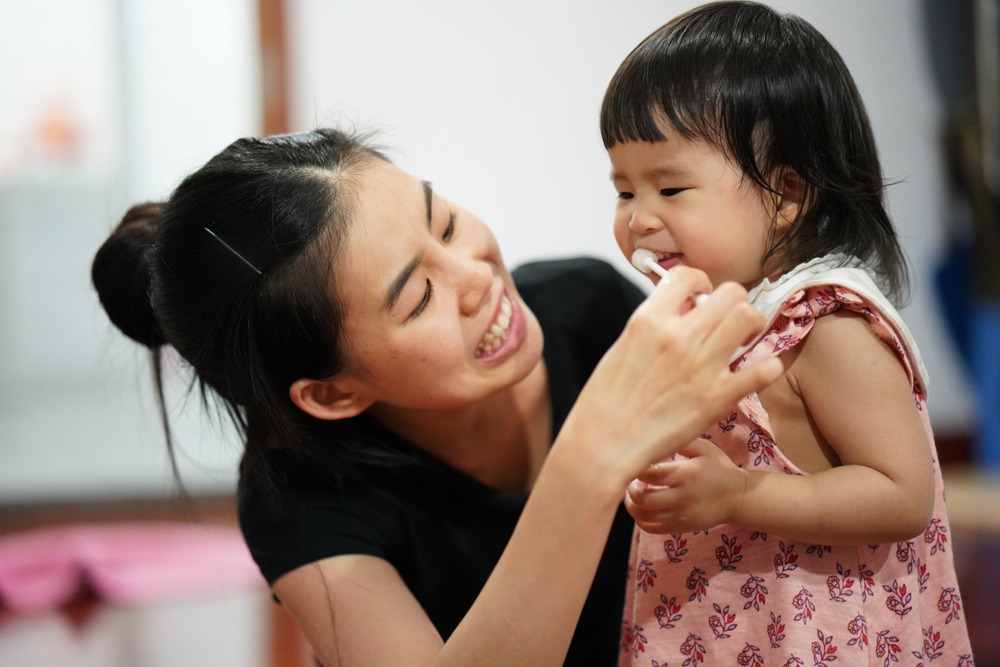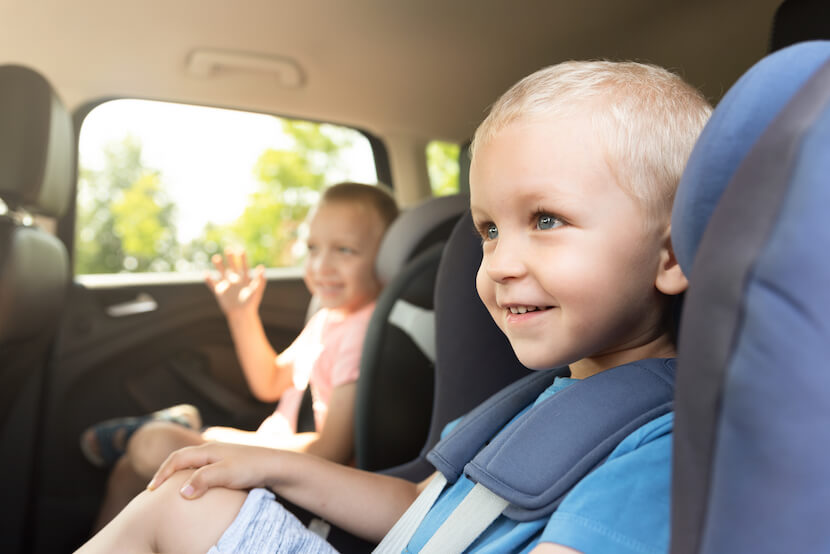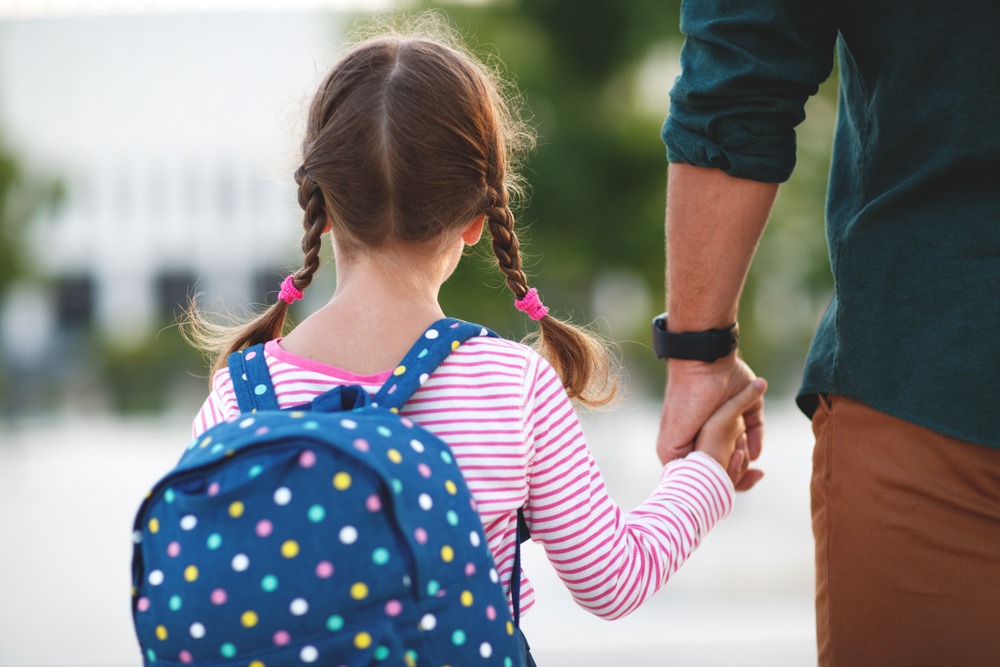
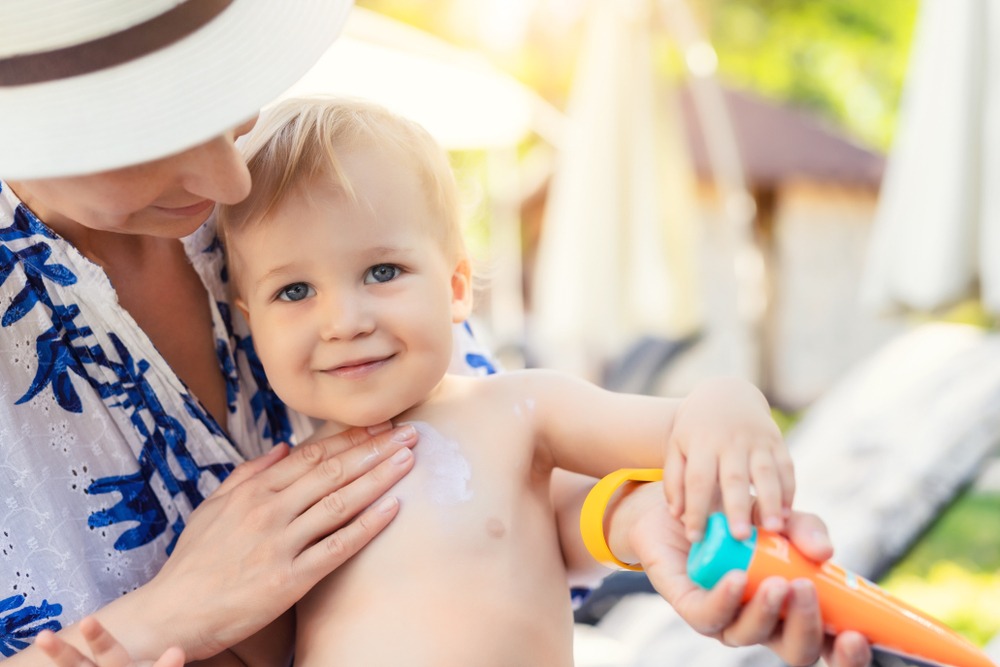
We all know that sun safety is very important in Australia for all ages, but it’s young children in particular that are the most susceptible to the sun’s harsh rays.
The sun’s ultraviolet (UV) radiation is the main cause of skin cancer. It has been found that UV damage in childhood significantly increases the risk of skin cancer in later life, so that’s why it’s so important to help children develop good sun protection habits.
Unfortunately you can’t feel UV radiation the same way you can the sun’s light or heat, so you don’t notice the damage until it’s too late.
Here’s 4 ways you can help your children stay sun protected,
1. Be aware of the peak UV times
The UV Index rates the strength of UV radiation day to day. Sun protection is recommended anytime this rating reaches over 3. Using this, the Bureau of Meteorology provides the time of day that sun protection is recommended. You can find this useful information on the Bureau of Meteorology weather forecasts.
Knowing this will help you plan your day and when it’s most important for your children to be protected from the sun’s UV rays.
2. Be a role model
One of the best ways to teach children about the importance of sun safety is by modelling the correct behavior yourself. Apply sunscreen on yourself when you apply it to your children and make sure you also wear protective clothing like a hat, shirt and sunglasses.
When children see their parents using sun protection they are more likely to use these sun protection methods too.
3. Slip, slop, slap
The slip, slop, slap slogan has changed over the years but the intention and the importance is still the same. Slip on covering clothing, slop on sunscreen, slap on a hat, slide on sunglasses and seek shade.
Making the sun protection process into a catchy phrase or song will help children remember to do it and also make it fun.
4. Help them learn independently
Children have a natural drive to do things on their own and allowing them to do this will help them learn and solidify their knowledge of sun safety. It is definitely faster and less messy to do these things for your children, but they learn so much from doing things for themselves.
Foster this independence by letting them have a say in the clothing they will wear (“What type of shirt do you want to wear to play outside in today?”), let them apply their own sunscreen in front of a mirror, get them to put their hat on, and encourage them to find their own shady places to play outside.
The Sunsmart website also suggests making things fun for children by encouraging them to dot sunscreen on each cheek, nose and chin and carefully rubbing it in. They can add squiggles of sunscreen to any part of their arms and legs not covered with clothing.

